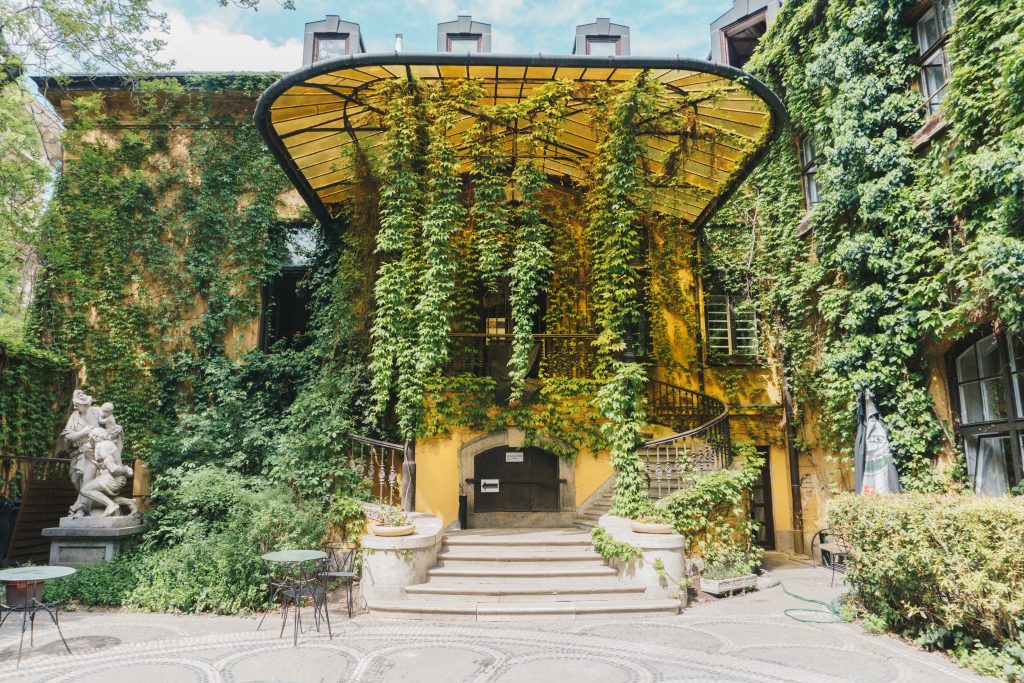Importance of Water Conservation in Modern Buildings Water is one of the most precious resources on our planet, and its

Low-impact development (LID) features minimize burden, maximize operationality, and reduce demands on public infrastructure.
LID civil engineering addresses the site development step of the building process. In essence, it means producing a design and construction sequence that will have the least effect on the existing landscape.

Generally, conventional methods have taught industry professionals to manage rainfall in the pipe, i.e. collect and convey the rainfall runoff in a development as quickly as possible. LID aims to manage the rainfall where it makes its first ground contact, providing treatment and management options for the water, spreading it, slowing its travel through the site, encouraging its absorption, and making the most of this resource before releasing the excess flow into the conventional piped systems nearby. This approach provides many benefits, including improved water quality, reduced runoff, enhanced ecosystem diversity, and among other things, increased property values.
There are many ways to implement structural (engineered systems) and non-structural (planned design improvements) Low-impact development (LID) BMPs (Best Management Practices) on a development, whether it is a new site or a retrofit project on existing land. Non-structural BMPs aim to reduce or eliminate the impact of the construction process through smarter planning, design and material selection. Examples of these BMPs are:
Landscape Vegetation
When designing a new project, trees, shrubs, grasses, and perennials are used to create a diverse landscape suitable for the site conditions and neighborhood. Plants should be chosen based on the level of care expected at the facility.

For projects consisting of roadway elements, planting design must be done to ensure sightlines are preserved for pedestrians and vehicles on the street. Existing mature trees should be protected, as they capture stormwater, provide shade and cool pavement.
Stormwater
Top cognizant plan puts a much higher emphasis on safeguarding and enhancing the living segments of activities and the capacity of the improvement highlights to expand the maintenance of stormwater overflow. The legitimate development of the bio-maintenance includes, the tree spaces and other Low-impact development (LID) and green foundation highlights begin with the comprehension of the requirement for working on the quality and augmenting the maintenance of stormwater.
Legitimate development of LID highlights is as significant, if not more in this way, than planning it. For instance, to effectively build bio-maintenance cells and bioswales, the accompanying variables should be mulled over:
This location serves as a central hub for community programs and offers a high visibility location—the perfect venue to provide water quality treatment and raise public awareness. The bioretention facility was designed as a centerpiece teaching tool around which an educational campaign including public workshops was implemented.
Constructing Pavements

For penetrable and permeable pavement civil engineering projects, the nature of materials, appropriate application, and soil conditions are basic to the drawn out exhibition of the asphalts and additionally pavers (hardscape surfaces).
Notwithstanding appropriate asphalt blends and development strategies, different components of the plan basic to the capacity of sifting and holding stormwater are subgrade soil porousness, legitimate sheet material total size and thickness, and the utilization of underdrains.
Low effect improvement highlights limit spillover, amplify retainage, and decrease requests on an open framework.
About Author
InnoDez